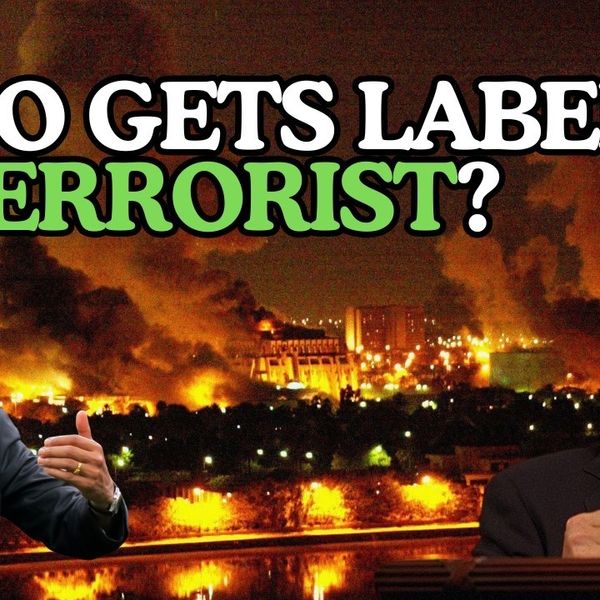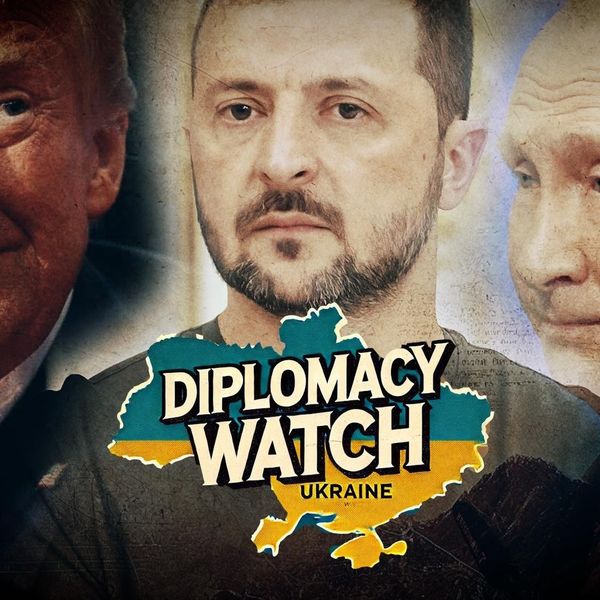There is no such thing as a “limited” nuclear war, a new study published in the Nature Food journal urgently warns us.
Led by Dr. Lili Xia of Rutgers University, this staggering report concludes that even a limited exchange of nuclear weapons between any two nuclear-armed states — using less than three percent of the global nuclear weapons supply — could lead to mass starvation and death of up to 2.5 billion people around the world. Even worse, they estimate that an all-out nuclear war between the United States and Russia would result in more than 5 billion deaths.
You read that right. Five. Billion. Deaths. This does not include the millions of people who would die immediately from the blasts, fires, and prompt radiation, nor those who would die in subsequent days, weeks, or years due to radiation exposure.
This is the latest scientific study in a string of reports dating back to the 1980s, with collaboration from climate scientists like Drs. Alan Robock and Brian Toon. Their previous studies reiterate the catastrophic consequences of the potential use of nuclear weapons, and further illustrate the dire need for nuclear abolition now.
Setting the Stage
Using the climate forecasting resource Community Earth System Model, Xia and co-authors sought to calculate how much sun-blocking soot would be injected into the atmosphere and stratosphere after firestorms following the detonation of nuclear weapons under six different scenarios. The scenarios largely focused on a potential nuclear war between India and Pakistan, mainly because the prior studies this report built off of used that scenario, and accuracy is fine-tuned when the models use the same context for each scenario. Given the long history of tension and rivalry, it is believed that India and Pakistan would be most likely to engage in a nuclear exchange.
The authors used population data from a 2010 population dataset, with the global population set at 6.7 billion. However, today’s global population is estimated to be around 8 billion, so it is likely that the amount of deaths would in fact be higher in the case of a nuclear war.
Unpacking the Data
So what exactly would lead to billions of deaths? When nuclear weapons are detonated over cities, they create smoke and soot from resulting firestorms. That debris would then rise high into the Earth’s atmosphere, up into the stratosphere, and stay there for years, blocking out the warmth of the sun.
What’s more, the climate models used were not built to account for another severe impact: damage to the ozone layer. In a companion report from International Physicians for the Prevention of Nuclear War (IPPNW), we learn that the soot is heated by the sunlight it is blocking. The heating of the soot (in the smallest exchange modeled) would destroy around 25 percent of the ozone, though up to 50-70 percent over the high northern hemisphere. This means the United States, Canada, Europe, and northern Asia, including parts of Russia and China, would be most impacted. A damaged ozone layer increases our exposure to ultraviolet radiation, which can lead to an increase of various health issues like sunburns, cataracs, and cancers.
With all the sunlight blocked by thick clouds of soot and ash, crop production will plummet. Combining the data from the Xia-led study and previous studies, depending on the size and amount of nuclear weapons detonated, global temperatures will drop anywhere between 1.3℃ in the most narrow case, to 6.5℃ in the most severe case. For context, climate scientists have been sounding the alarm for years that an abrupt rise in global temperatures by even 1℃ would have catastrophic consequences for humanity. Additionally, the last Ice Age that occurred was around 6℃ cooler than the temperatures we are experiencing today.
No matter the scenario, the drastic drop in temperatures would demolish crop production, and severely diminish livestock and aquatic food production as a result of overconsumption in the wake of crop depletion. In the smallest scenario of a nuclear war between India and Pakistan, calorie production from crops would decrease seven percent within five years of the conflict, and up to 50 percent in the largest scenario. Mass starvation would ensue. To provide context, a mere seven percent global calorie decline would be unprecedented. This decline would surpass the largest decrease ever recorded since the United Nations began tracking this information in 1961.
Again, those most directly impacted would be the United States, Canada, much of Europe, Russia, and China. However, many regions like the Middle East, Africa and East Asia rely on these regions for food imports, so the effects would undoubtedly ripple to the rest of the world. Interestingly, as this region can tolerate a darker, cooler planet better than others, global temperature declines wouldn't largely affect Australia and New Zealand. It is important to note, though, that this doesn’t account for other effects like radioactive fallout or ozone layer depletion. Australia and New Zealand would also likely have to contend with a massive influx of refugees from Asia and elsewhere.
A Strong Case for Nuclear Abolition
Grounding the nuclear weapons abolition movement in hard science and data, this latest report makes it extremely difficult to argue against the dire need to get rid of these weapons. Critics will say that no leader of a nuclear-armed state would ever use these weapons so we don’t need to worry about the world-altering effects of a potential nuclear war.
While this argument is grounded in the false assumption that every leader will always be rational and level-headed in their role as arbiters of doom, all it takes is an accident or miscalculation to make the impossible possible. U.S. nuclear weapons currently exist under hair trigger alert, meaning a president has about six minutes to decide whether or not they want to launch a nuclear strike if they believe the United States is under attack. Combine this with the too-long list of accidents and incidents that have occurred over time since the dawn of the nuclear age, it is easy to see how a nuclear war could start by mistake.
Since the United States dropped atomic bombs over Hiroshima and Nagasaki in 1945, we have survived off a game of luck. To this day, no country’s public health infrastructure can survive a nuclear attack.
Yet the nine nuclear weapons states — the United States, United Kingdom, France, Israel, Russia, Pakistan, India, China, and North Korea — continue to modernize and increase their arsenals, despite knowing they hold the power to destroy modern civilization as we know it.
No Time to Waste
This latest study should urge us to take action so that nuclear weapons states stop this dangerous gamble. Russia can lift its suspension of New START inspections, given this undermines the effectiveness of the only remaining arms control agreement between the United States and Russia. The United States — and any other nuclear weapon states that implement a similar policy — should remove its nuclear weapons off hair-trigger alert so that a president has time to actually engage in rational thinking before responding to a potential nuclear attack and risking nuclear war. Ending sole authority, implementing a No First Use policy, and focusing on building a robust multilateral arms control regime are further steps the United States and other nuclear weapon states can take to ease growing tensions between the nuclear weapon states.
Additionally, we must insist that our members of Congress sign on to H.R. 2850 and H.Res.1185, both calling for the United States to join the Treaty on the Prohibition of Nuclear Weapons (TPNW), the first treaty to ban nuclear weapons. Moreover, H.Res.1185 calls on the United States to lead global efforts to prevent a nuclear war. This is extremely important, given the terrifying data on what would happen if such a scenario were to occur.
We all need to be working to abolish nuclear weapons so that none of these nuclear famine scenarios become reality. Because nuclear weapons neither discriminate nor recognize borders, our security is a matter of collective urgency. No one is safe until the last weapon is dismantled.















